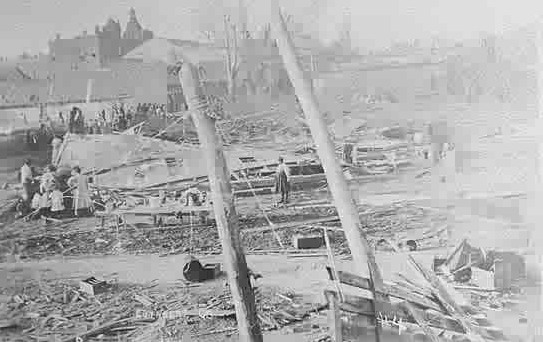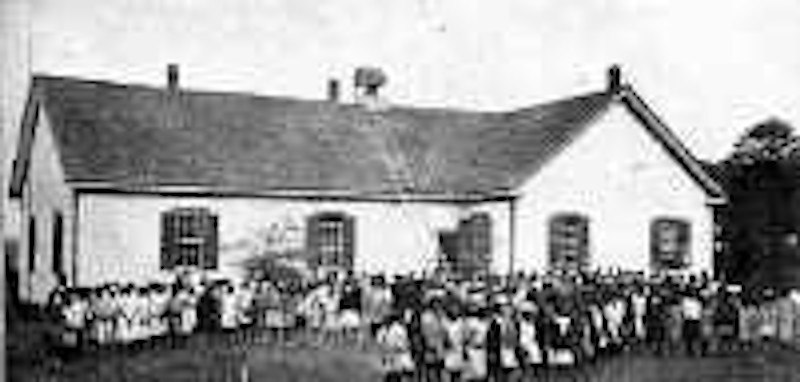My review of Winfred Rembert’s memoir, Chasing Me to My Grave: An Artist’s Memoir of the Jim Crow South, is posted at At the Seawall here.
Buy at Amazon | Bookshop.org
From the review: “Rembert (whose name oddly echoes the word, remember) first told his life story not in words, but in vivid images carved, tooled, and colored on sheets of leather. The scenes he chose for his artwork are deeply personal and yet many would be familiar, not only to Black people in his hometown, but to White people as well, and to others who lived in the rural South in the 1940s, 50s, and early 60s.” Rembert’s story tells of the extreme, often sadistic and deadly, racism that pressed on the Black community like a toxic, malicious god. But the co-deity, in Rembert’s telling, was Black life: cafes, juke joints and pool halls on Hamilton Avenue, dance troupes, doll’s head baseball, feasts including giant batches of homemade Brunswick stew, and Christian celebrations.
Rembert was born in the late 1940s, but it’s worth setting the scene of his hometown with a 1909 AP piece on a tornado that devastated Cuthbert, especially “the negro quarters.”
Cuthbert, Ga., March 10. Half a dozen negroes were killed here by a tornado last night and a dozen business buildings were almost totally destroyed. The tornado also tore off the corners and made fantastic mutilations on many of the buildings. Several white persons were injured but so far as known none seriously. A revival meeting was in progress during the tornado which passed some distance from the church, whose occupants mistook the storm’s roar for thunder and remained at the service throughout the passage of the “twister.” Later many worshippers went, under clearing skies, to find their homes or those of other friends uninhabited from some causes, with here and there a house pulled to pieces almost completely as if some carpenter had taken it apart board by board. The greater part of the destruction was confined to the negro quarters. The total loss probably will reach $100,000. Cuthbert has 2,500 inhabitants. — Fort Worth Star-Telegram, Ft. Worth, TX 10 Mar 1909 source
The book provides many full-color plates of Rembert’s leather artworks. Here are some scenes of Cuthbert, mostly from the camera’s point of view.





Though I drew from several sources for the photographs, the website “Vanishing Georgia,” with text and photos by Brian Brown is highly recommended. Here’s a link to Brown’s posts tagged “Cuthbert.” LINK
To explore Winfred Rembert’s life and work, visit his website. This link here is to videos, including the New Yorker documentary “Ashes to Ashes.” `
